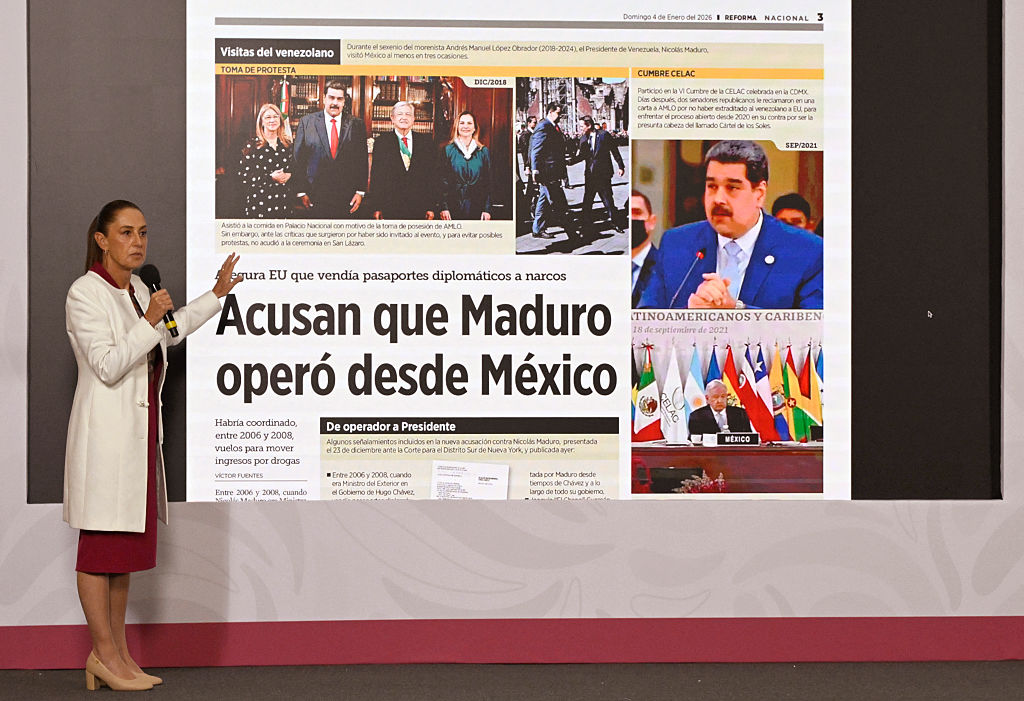The recent U.S. salmonella outbreak shares characteristics with a murder mystery, replete with false accusations and bumbling detectives, but with serious implications for trade and public health. Since April, more than 1,300 people in 43 states, Washington DC, and Canada were
infected by the rare Saintpaul strain of salmonella. Jalapeño and serrano peppers imported from Mexico now serve as prime suspects, yet the
case remains far from closed, as congressional testimony last week made clear. Prior U.S. Food and Drug Administration (FDA) warnings linking Mexican tomatoes to salmonella—a theory ultimately discarded—
raised questions about how U.S. federal agencies track imported produce.
Over the past 15 years, the U.S. imports of fresh produce rose dramatically. From 2004 through 2006, North American Free Trade Agreement partners Mexico and Canada accounted for 97 percent of U.S. tomato imports and 89 percent of pepper imports. Given the high levels of produce traded between Mexico and the United States, the pepper allegations are cause for concern.The impact of linking specific produce to an outbreak can be dramatic; an AP poll found almost fifty percent of consumers altered their tomato buying habits in response to FDA warnings.
Not surprisingly then, Mexico took issue with the FDA laying blame on its peppers. Its Department of Agriculture (SAGARPA)
rejected the FDA findings, questioning their scientific method and reiterating a commitment to food safety on “both sides of the border.” The State Secretary of Rural Development from Hidalgo state Víctor de Léon Orti went so far as to
suggest the warnings were motivated by a desire to promote U.S. domestic produce. The Mexican government
complained in June that tomato warnings threatened Mexico’s $900 million industry.
The example of one Honduran farm highlights the effects of an FDA warning. In March, the FDA accused Agropecuaria Montelibano of producing salmonella-tainted melons and imposed a ban on imports. More than 600 tests undertaken with distributors showed negative results. Still, the FDA required the company to make costly changes. The agency
won’t lift the ban until testing new produce from the farm but having lost most of its export business, the owners remain unsure of whether to plant a new crop.
At the same time, ensuring food safety in the United States proves difficult for the FDA, with a lack of resources playing a role in the agency’s almost nonexistent presence at foreign food firms registered to export to the United States. Currently, the
FDA conducts spot checks of produce at the border (1.3 percent of all produce was visually checked in 2006) but there is no requirement to test produce before it hits supermarket shelves. Also, the recent salmonella investigation hit several logistical snags: tomatoes and peppers are rarely bagged and bar-coded, which helped trace spinach back to the source during an earlier outbreak; fresh produce generally doesn’t last long enough to be tested after an outbreak; and tomatoes, peppers, and the now-fingered cilantro are often consumed together.
With increased public attention, FDA reforms may be on the horizon.
On July 2, the FDA released a
progress report for its November 2007 Food Protection Plan. The agency plans to hold bilateral meetings with key agricultural agencies in Canada and Mexico and is exploring creation of an FDA presence in Latin America. Representative Jim Costa (D-CA) introduced a bill on April 24—the
Safe FEAST Act of 2008—to improve food safety provisions in the Federal Food, Drug, and Cosmetic Act. The bill, submitted to committee, would require a mandatory foreign supplier safety assurance program and allow for the certification of products by authorities in exporting countries.








